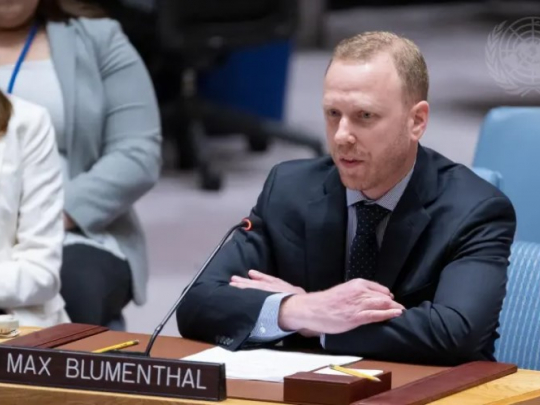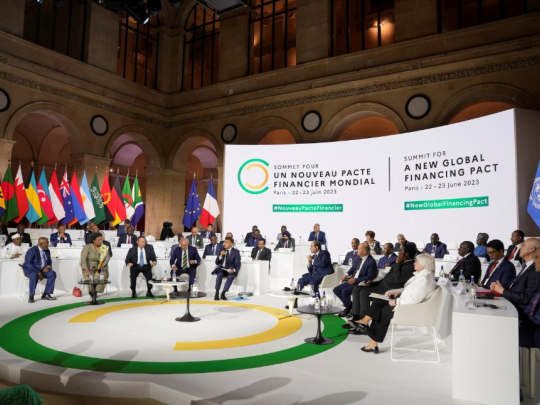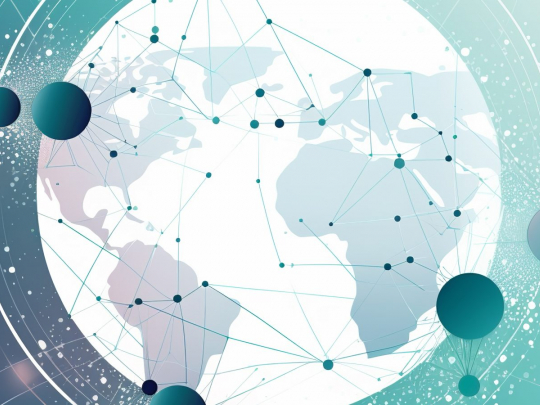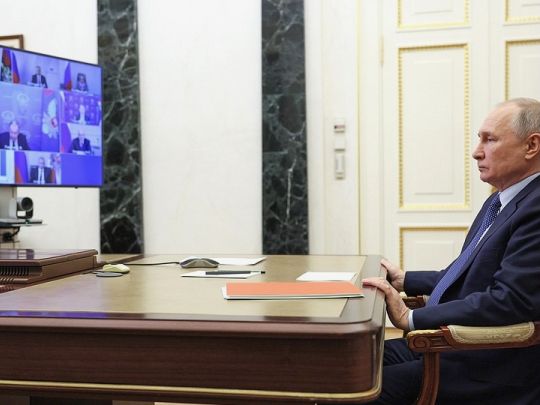Why 40 African Countries Print Their Money In Europe Even Decades After Independence
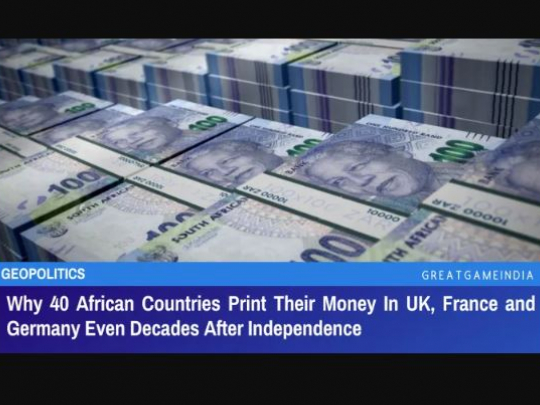
Although reform is on the way with officials from The Gambia’s central bank suggesting a potential relationship with Nigeria, countries may begin to look internally for currency orders. But yet, the reason behind why 40 African countries print their money in Europe in the UK, France and Germany even decades after independence is something worth looking into.
Last July, a Gambia delegation requested the Nigerian Central Bank if it might order the Gambian dalasi from it’s own West African neighbor.
Buah Saidy, the governor of the Gambia’s central bank, stated that the country’s national currency was running low.
After the loss of former President Yahya Jammeh, who controlled The Gambia from 1994 before he was driven into exile after failing to acknowledge defeat in the 2016 elections, the small West African nation had to restructure its currency.
Jammeh who put photos of himself on the country’s currency during his 22-year tenure, has been charged of human rights atrocities and political assassinations.
The Gambian Central Bank proceeded to erasing such pictures once he was ousted.
Illustrations of a fisherman pushing his canoe out to sea, a farmer caring for his rice paddy, and a splashing of colorful, indigenous birds now adorn the dalasi notes.
Outsourcing the cash

The Gambian Central Bank proceeded to erasing such pictures once he was ousted.
However, there is one concern: The Gambia does not print its own money. It puts orders with UK businesses, culminating in a cash liquidity deficit.
And The Gambia is not the only country whose currency is made in another nation.
Approximately two-thirds of Africa’s 54 nations manufacture their money outside of the continent, primarily in Europe and North America. It arrives at a period when the African Union is attempting to hasten in a golden, made-in-Africa era in which Africa should raise productivity and profit.
De La Rue, a British banknote production company, Crane, a Swedish company, and Giesecke+Devrient, a German company, are some of the main corporations with which African central banks collaborate.
How transparent is the process?
Almost every African nation import their currencies, which may come as a surprise. It is possible that the behavior will raise issues of national dignity and national security.
There is always the issue of true autonomy and economic sufficiency for wealthier nations like Angola and Ghana.
Most governments keep their currency-printing procedures under wraps, owing to security concerns. The printing companies are even less open.
When DW asked for a list of African countries that they print with, none of the companies answered.
Counting the cost
According to Ilyes Zouari, an African country specialist, Ethiopia, Libya, and Angola, as well as 14 other countries, place orders with De La Rue.
South Sudan, Tanzania, and Mauritania are among the countries believed to print their currency in Germany, whereas the majority of French-speaking African countries are said to print their money with France’s central bank and the French printing company Oberthur Fiduciaire.
The cost of printing African currencies like the dalasi is unknown, while the US dollar costs between 6 and 14 cents.
However, the price of printing for over 40 African currencies is anticipated to be high.
In 2018, a Ghanaian central bank employee made complaints to local newspapers that the country spends a lot of money on its Ghanaian cedi orders in the United Kingdom.
And, because nations typically require millions of banknotes to be shipped in containers, they must pay exorbitant transportation costs. Officials in The Gambia claim that shipping charges total £70,000 (€84,000, $92,000).
High demand
While it may appear strange, economists believe that African countries producing a large portion of their currency abroad is not uncommon.
It is practiced in many nations around the world. Finland and Denmark, for instance, as well as hundreds of central banks throughout the world, outsource their money-making.
Only a few countries, such as the United States and India, generate their own currencies.
Whenever a country’s currency is not in great demand — and is not utilized internationally like the US dollar or the British pound — it makes little financial sense to produce it at home, according to Mma Amara Ekeruche of the African Center for Economic Research.
Normally, currency printing machines produce millions of banknotes at a time. If nations with smaller populations, such as The Gambia or Somaliland, produced their own money, they would have more money than they required.
“If a country prints one banknote for €10 at home and sees that it can print it for about €8 abroad, then why would they incur more costs to do that? It won’t make sense,” Ekeruche explained.
Certain countries, such as Liberia, do not seek to manufacture their own currency because they lack access to a printing press, which is expensive to set up and needs specialized technical skills.
Just a few African countries, such as Nigeria, Morocco, and Kenya, have the means to manufacture their own currencies or mint their own coins, and even they occasionally rely on imports to boost output.
Is third-party printing secure?
According to Ekeruche, certain countries aiming to create their own currencies may be targeted by corrupt authorities or cybercriminals who try to fake or manipulate them. Outsourcing is more reliable in many circumstances.
Even when importing, there are obstacles to overcome. Containers carrying Liberian dollars sent from Sweden vanished in 2018, but the government later accounted for it.
Meanwhile, companies like De La Rue have been mass-producing for central banks all throughout the world for hundreds of years.
They have the skills and experience to stay up with money advancements, such as polymer, which is cleaner, more resilient, and safer than paper, and the plastic substance allows for more complex mechanisms to guard against counterfeiting.
Outsourcing, however, is not without its drawbacks. Several nations may face economic sanctions as a result of their actions. After the UN sanctioned Libya’s late leader, Moammar Gadhafi, the UK blocked contracts for Libya’s dinar from De La Rue in 2011.
Why not print the notes in Africa?
African governments are putting together measures to increase intra-African commerce. Commerce with Western and Eastern countries currently outnumbers trade within the continent.
Printing banknotes in Africa would increase revenues on the continent, and African governments might, at least in principle, chose those with printing capability because there is certainly some idle capacity.
However, this is not the case in practice. “That’s due to trust issues between the countries,” said Emmanuel Asiedu-Mante, a former deputy chief of the Ghanaian central bank, as well as the fact that many people have been printing for years with foreign companies.
Then there is Francophone Africa, which includes countries that use the Central African CFA franc and the West African CFA franc. Because of colonial ties, the currencies are closely linked to the euro and are manufactured in France.
Nevertheless, there is reason to believe that reform is on the way. With officials from The Gambia’s central bank suggesting a potential relationship with Nigeria, countries may begin to look internally for currency orders. If this happens on a large scale, shipping charges might be dramatically reduced.
- Source : GreatGameIndia





